Fujinon XF 50-140mm F2.8 OIS Review
Dustin Abbott
August 4th, 2020
One of the unique strengths of the Fuji ecosystem is the wide range of lenses of varying quality and price points specifically designed around the APS-C sensor (in this case a 1.5x crop factor compared to 35mm/full frame). Fuji’s APS-C-centric focus has allowed them to both maximize the potential of an APS-C sensor and also develop lenses purposefully for that smaller sensor. And they have developed a lot of very good, very well received lenses with pro-grade features and apertures. For the most part, you can find an equivalent Fujinon APS-C lens for just about all the traditional DLSR focal length/aperture combinations. That’s simply not something you can say on every platform. Other brands focus primarily on full frame and, as a result, most of their APS-C lenses tend to be consumer-grade. If you want pro-grade lenses on, say, Sony or Canon (I’ve owned multiple Sony and Canon APS-C mirrorless cameras), you are often required to revert to full frame lenses, which, by nature, are larger and heavier because they have been designed to cover a full frame image circle. This quickly defeats the ideal of “smaller and lighter”. With most brands, you are buying lenses for the potential of using them on either APS-C or full frame, but Fuji’s approach is that “we are going to do APS-C”, and so they do it well. One such lens that you won’t find on other APS-C platforms is the Fujinon XF 50-140mm F2.8 R LM OIS WR lens. The 50-140 OIS (as we’ll call it for brevity in this review), joins a host of other quality first party lenses designed by Fuji for the APS-C sensor.
A quick breakdown of what all those letters in the name mean if you don’t “speak Fuji”.
- 50-140mm is the equivalent range of 76-213mm on a 35mm/full frame sensor (every lens mounted on an APS-C camera has the crop factor of the camera applied)
- R = Ring, or that the lens has an aperture ring
- LM = Linear Motors, meaning that the lens has Fuji’s upscale focus system
- OIS = Optical Image Stabilizer
- WR = Weather Resistant, meaning that the lens has weather sealing components in the lens.
In short, the 50-140 OIS has most of Fuji’s premium lens boxes checked. This is a pro-grade lens, the equivalent of the popular 70-200mm F2.8 lenses that available on all major full frame camera systems and are one of the most popular tools for any portrait, event, or wedding photographer. I have used a 70-200mm type lens in 98% of the weddings that I’ve ever shot. I would consider the 50-140 OIS to be one of the indispensable lenses on the platform, and it is the third lens in the Fujinon pro-zoom trinity, including the 8-16mm F2.8 (my review here) and the 16-55mm F2.8 (my review here). The 50-140mm is not a new lens (it was released in January 2015), but I personally came late the Fujifilm platform and having been slowly working my way through the catalog. This is the ninth Fujinon lens that I have covered.
Fuji has some excellent lenses in their XF (Fuji X-mount) catalog (and some rabid fans that support them!), but as someone who reviews a broad range of products (and not just within one brand), I have felt that in many cases the Fuji lenses I’ve covered didn’t quite measure up to their counterparts on other systems in the “price-to-performance” ratio. Put simply, many of the Fuji lenses I’ve tested over the past couple of years have seemed overpriced while others feel a little dated. I think part of this is due to the fact Fuji is a fairly closed system. There is very little third party development for the XF mount other than manual focus options from a lot of small players. Years ago (2013) the Zeiss Touit series was released in Fuji XF with autofocus (I reviewed them all on Sony), but those lenses now also feel overpriced and dated in their performance. Fuji has never (to this point) gotten autofocus lenses from Sigma, Tamron, or Samyang – the kinds of quality, less expensive autofocus lenses that are making Sony such an attractive platform right now. The most exciting trend in the past two years is that Chinese manufacturer Viltrox has produced several quality autofocus lenses in both Sony and Fuji mounts. I’ve reviewed the 85mm F1.8 AF lens and the XF 33mm F1.4 from Viltrox from them, and am working on the 23mm F1.4 review right now (though I’m covering that lens on Sony). Those Viltrox lenses have only gotten minor headlines on Sony because there are so many options there, but I know from my audience that these lenses on Fuji have been enthusiastically received. And it’s no surprise: the Viltrox AF 85mm F1.8 costs $399 USD; the Fujinon XF 90mm F2 costs $950 USD!
This has to be considered when you are talking about a $1600 USD APS-C lens, particularly when other systems have very compelling 70-200mm F2.8 third party zooms that all cost less than the 50-140 OIS (in some cases, significantly less). If you are already invested in the Fuji ecosystem this choice is more binary, but if you are shopping between systems and considering what to buy into, the choice becomes more complicated. A lot of the size advantages for APS-C disappear when you start to put pro-grade glass (like the 50-140 OIS) in front of them. This review will attempt to fairly explore both strengths and weaknesses so that you can make an informed decision. If you would prefer to watch your reviews, you can choose either my long format definitive review or shorter standard review video below.
Check me out on: My Patreon | Instagram | Facebook | Twitter | Flickr | 500px | Sign Up for My Newsletter
Fujinon 50-140 OIS Build, Features, and Handling
As noted, this isn’t a small lens. It is a little more svelte than the typical full frame 70-200mm but is fairly similar in size to most 70-200mm F4 lenses on full frame. The Sony GM 70-200mm (a mirrorless lens like the 50-140mm) is actually on the larger and heavier side when compared to DSLR lenses, and it’s 1480g weight is almost 50% higher than the 995g of the Fujinon lens. It’s also 24mm longer at 200mm than the 176mm of the Fujinon, and is 5mm wider in diameter (88 vs 83mm). This is pretty much what you expect, right?
But, as always, the third party lenses tend to be the disrupters. Tamron “tossed a grenade” into the room in 2020 with the release of their 70-180mm F2.8 zoom for Sony FE (my review here). This lens competes with the very best optically, has extremely fast, quiet, and smooth autofocus, and is also extremely disruptive in terms of size. The Tamron is lighter (810g), shorter (149mm), and even narrower in diameter (81mm) than the Fujinon lenses despite it being designed for APS-C and not full frame. The Tamron also $400 cheaper at $1199. This lens has not only been disruptive on the Sony platform but also changes the calculus on APS-C vs full frame (the Tamron + a Sony a7III weighs 1460g; the Fuji X-T4 + 50-140mm weighs 1521g). The Fuji combination is also more expensive by several hundred dollars. Which of these combos looks smaller and lighter to you?
The problem here is that the obvious choice, on the right, is the full frame combination. On the other extreme is Micro 4/3rds, where the Panasonic 35-100mm F2.8 (70-200mm FF equivalent) is significantly smaller, lighter, and cheaper. So, in many ways, the 50-140mm F2.8 is left in “no man’s land” in terms of size. This is only a problem if your definition of mirrorless (or your decision to go APS-C) is for smaller and lighter, but the point is that the lines and distinctions between these platforms have blurred recently. Here’s a look at some of the raw specs of these lenses for comparison.
As noted, the 50-140 OIS has been given all of Fuji’s premium technologies. This includes a weather sealing suite including a rear gasket and internal seal points. I was unsuccessful in locating a diagram for the internal seals, but Fuji says they are there.
The 50-140 OIS has three rings on the barrel. The first is the aperture ring, which gives you the option to manually select aperture values (in 1/3rd stop values, i.e. F2.8, F3.2, F3.5, F4) or to select A (Auto) and control aperture from within the camera.
The second ring is the zoom ring, and it moves perfectly (it is both smooth and nicely damped). This is an internally zooming lens, so the length remains constant regardless of the zoom position.
The final ring is the manual focus ring. Like other mirrorless lenses, the 50-140 OIS employs a focus by wire manual focus system where input is taken from the ring and then routed through the focus motor to move the lens elements. There is no direct coupling to the lens elements. This appears to be a necessary evil for mirrorless cameras, but it really diminishes the manual focus experience in terms of feel and precision. There are no hard stops, so less physical response to the limits of focus, and also the actual focus feeling itself is a bit numb. I find Fuji lenses, in particular, a bit of a chore to manually focus as it takes MANY rotations to make any kind of major focus changes. On the plus side, most Fuji bodies have a number of options for manual focus aids to make sure focus is easy to nail. You won’t enjoy using this lens as a MF lens, so stick with AF wherever possible.
The only switch on the lens barrel is an ON/OFF for the OIS. You are not given any mode options (panning, etc…). There is also no focus limiter, which is a common feature on 70-200mm lenses. If you shake the lens while it is powered off, you will hear a fair bit of rattling from the OIS elements that aren’t engaged. This is normal; don’t freak out!
The OIS system is rated at 5 stops and works effectively, though I can’t say I was able to achieve 5 stops consistently. I was closer to 4 stops in practice. Still, this helps a great deal in a lens like this for both stills and video.
The 50-140 OIS does come with a lens hood. It is a fairly basic plastic hood, and, in the two copies I’ve tested, it doesn’t bayonet on with great precision. It feels a little imprecise, like you have to force it into place, and without a nice, definite click when in the proper position. It does include a window for accessing polarizing filters, though, unlike any other lens where I’ve seen this feature, it isn’t a sliding window but rather a plastic piece that pops right out of the hood. This is unfortunate, as something like this is just begging to get lost!
Also incorporated into the design is a tripod collar and foot. The tripod collar can be freely rotated and locked in any position, and, while there are markings at two of the points of the compass, there are no detents to help you “feel” the perfect alignment at the cardinal points. The tripod collar itself is not removable, but the foot is. It can be removed by unlocking a couple of locking knobs and, again, this is a unique design that I haven’t seen before. My chief criticism to this design is that it felt a little less secure on a tripod than most such feet, with a little bit of play even when firmly tightened. I actually had to adjust the ball head of my tripod to account for a bit of “droop”. The tripod foot is not Arca compatible, so you will need to use a quick release plate before mounting it to a tripod. I will never understand why lens makers would not design their tripod feet without Arca compatibility in mind. It adds so much convenience.
One final criticism I have is that I encountered some looseness in the lens mount. I could slightly rock the lens back and forth a tiny bit while mounted, and, more importantly, I felt it rock a little while using it. Disconcerting. I would have liked tighter tolerances there.
Also worth noting is that the OIS system does create a quiet but busy white noise. You can hear faint whirring pretty much non-stop.
This is a premium lens with premium features (and a premium price), which is the reason why I do include some “nit-picky” criticisms. The lens handled nicely in the field, however, with easy to grab controls, smooth zoom action, and a nicely executed aperture ring. Some people have no use for an aperture ring, but I love having one. I find myself more conscious of choosing aperture even as I am bringing the camera up and am conceptualizing the shot.
I found the lens moderately heavy but far from the heft of a 70-200mm F2.8 zoom mounted on a DLSR. I suspect this is a weight that most people would be able to handle for an extended period of time. There are some areas I think worthy of criticism here, but overall we have a nicely built lens with a premium look and feel.
Fuji XF 50-140mm F2.8 Autofocus
The 60-140 OIS was the first of Fuji’s lenses to be designed with 3 premium linear motors in its autofocus design, and these give the lens an excellent autofocus performance. I tested it on the new Fujifilm X-T4, which has Fuji’s most sophisticated AF system at the moment. This combination delivers great focus results, with focus arriving near instantly and always silently. The X-T4’s focus improvements include improved focus algorithms and potentially better processing of the focus data. Fuji touts improved focus acquisition speed, “A new AF algorithm introduced with X-T4 enables focusing speeds of 0.02 seconds“. They say that this is the fastest among APS-C cameras. They also state that, “This same new algorithm significantly improves AF tracking. By recognizing color information and shape, X-T4 is able to instantly and accurately lock on to a subject…” Fuji is also marketing improved Eye AF and low light AF performance. The problem is that every camera maker essentially touts their focus system as the best, so let’s do our part to actually evaluate real world focus performance.
I used this combination for everything from tracking high speed action to shooting portraits and then just as a general purpose everyday lens.
My “torture test” was tracking our dog (about a 23 pound King Charles Cavalier Spaniel) playing high speed fetch. It’s a fairly small subject moving at a very high rate of speed, and inferior focus systems just can’t track this combination (trust me, I’ve tried!) I found that my results weren’t quite as good as with my Sony a9 and a competent lens (though, to be fair, the a9 costs twice as much), but the speed for tracking is nonetheless excellent. I saw a few front/back focus swings in my running series, but there’s definitely enough focus speed and accuracy to keep up with my subject. One area of real strength is that I find the focus system continues to effectively track even when the subject gets close. Here’s a few shots from one 60 shot series.
Bottom line is that the AF system is excellent for tracking action. The multiple linear motors can keep up with high speed action, so those looking for a good lens for weddings or events will have no problem keeping up with the action.
Fuji also touts the improvement in Eye AF performance, though I’m less impressed here. Canon and Sony have made significant improvements to their Eye AF tracking abilities via firmware updates, and while Fuji has done the same, I feel like the gap has widened rather than closed. I did a portrait session using a Sony a7RIII and an inexpensive Viltrox AF 85mm F1.8 STM II lens that I was reviewing alongside the X-T4 and the much-more expensive 50-140mm F2.8 zoom. I had a $400 third party lens on the Sony and a $1600 first party lens on the Fuji, and yet the Eye AF tracking on the Sony combination was far more effective. It was much “stickier”, immediately detecting the eye and staying locked on it even as the model or myself moved around while composing or posing. I found the Fuji combination less reliable in terms of tracking, with the little Eye AF box sometimes switching onto the torso or getting stuck on the nose between the eyes.
The focus accuracy results also favored the Sony combination. I find that the current Canon/Sony eye tracking is so good that I basically never miss in a portrait session with a reasonably competent lens. There was definitely more variance in my focus results on Fuji, with some shots not quite perfectly focused on the eyes. Things will very likely continue to improve with firmware updates, but, at the moment, Fuji’s Eye AF, while useful, is not as effective as some competing systems.
Overall I found good autofocus consistency throughout the course of my review period. I took hundreds of images with the lens and ended up with most all of them very well focused, like this one:
I got good results even in challenging conditions, too.
I also found that AF in video was very quiet and fairly smooth, though I continue to find just a little more pulsing before settling on the final focus lock with Fuji AF in these situations compared with other systems. If you plan to shoot video on Fuji bodies (many of which produce great footage!), you will definitely want the lenses that sport the linear motors, as they are much quieter and smoother. The non-LM focus motors are pretty rough for this application. That’s not the case here, however, and this is definitely one of the lens that I think works fine for video work.
Fujinon XF 50-140mm OIS Image Quality
The 50-140 OIS has very complex optical formula made up of 23 elements in 16 groups. As you can see from the diagram above, this does include 6 special elements. The lens also receives Fuji’s premium Nano-GI coatings on elements to help reduce flare and ghosting. So how does all of this translate into the real world?
Quite good in most situations.
The first copy of the lens I had perplexed me, as I had read a number of reviewers touting its great sharpness…but I just wasn’t seeing it in my tests. This triggered a memory that when the lens arrived to me (a loaner from Fujifilm Canada), the front lens cap was deeply impacted and hard to remove. I realized that the lens had probably been dropped during transit in such a way that some serious pressure had been put on the front of the lens (jamming the front lens cap in). I alerted Fuji, and they sent me a second copy, which has proven to operate far more in line with expectations.
I’ve said all along that I think that Fuji has some of the best profile corrections in the business. They embed those profiles in such a way that images whether in RAW or JPEG always arrive with corrections enable, so unless you intentionally disable those corrections to see the flaws, there’s no reason you should even notice them. If you do disable them, you’ll find some vignette and a bit of pincushion distortion on the long end. There’s probably no reason to ever disable them, and what you see in your images is nice and clean. Here’s what 50mm and 140mm will look like when they arrive to you in post:
At 50mm and F2.8, I find the resolution to be fairly good across much of the frame though without exceptional levels of contrast. Corner results are just acceptable in my tests.
I’ve seen much sharper corners with other similar zooms (the aforementioned Tamron 70-180 is easily sharper across the frame).
Stopping down does improve contrast and resolution, with peak performance arriving between F5.6 and F8. The midframe result at F5.6 looks excellent:
Landscape images at F5.6 look good, though I don’t find acuity exceptionally high.
Moving on to 90mm shows a similar pattern. Here’s a look at crops from across the frame.
Once again I find these results to be good, but not exceptional by 2020 standards.
Portraits at 90mm reflect this. They look good at a global level, but I’m not particularly impressed at the resolution and contrast at a pixel level.
I’m testing a lot of lenses that give higher resolution…and often at a lower price point.
Stopping on down to F5.6 range does improve contrast and resolution, but never to what I would consider exceptional levels.
140mm produces the best results in the zoom range. This is arguably the most important point in the zoom range. Results in the center of the frame are only slightly better, but the difference between center and corner performance is much closer. Here’s the crops from across the frame.
I noted something unique in my tests of the 50-140 OIS: unlike many lenses, there really isn’t much improvement when stopping the lens down to F4. I can see marginal improvements in the corner at 140mm, but not really any in the center or midframe positions. The gains are really more at F5.6.
Portrait results at 140mm are nice. Detail is good (but not exceptionally so), but the overall images look nice with good color and soft bokeh.
The even results at F5.6 make for a nice long landscape option as the detail reaches into the corners.
I like the color rendition from the lens. Colors are nicely saturated and accurate.
I also think the bokeh is fairly nice for a zoom lens.
One area of weakness for this lens is that the maximum magnification figure is extremely low on this lens. One of the typical strengths of a 70-200mm type lens is that they typically have fairly high levels of magnification (near 0.25x), which adds to the versatility of the lens for weddings or events. In this case we’ve got half that at 0.12x, which only gives you this degree of magnification.
This is perhaps the worst performance I’ve seen from such a lens, and it does reduce the value of the lens to me personally.
Another area of weakness is that it is extremely flare prone. There are a variety of flare artifacts, including ghosting, veiling (loss of contrast), and prismatic haze.
I particularly noticed it when shooting video. This will impact backlit portraits or video, be it sun or bright lights.
One final area of strength is control of chromatic aberrations. I see little almost no longitudinal or lateral chromatic aberrations.
Overall we have a mixed bag of performance. This lens is capable of producing beautiful images, but there are some key areas of weakness. Check out the lens image gallery to view other images and draw your own conclusions.
Conclusion
Due to my initial very poor results with the (damaged) first copy of the lens, I did something I rarely do and went out to look at other reviews to make sure that my findings were in line with other reviewers. I knew something was wrong when I read a number of them praising the high levels of sharpness from the lens. After carefully examining a second copy of the Fujinon XF 50-140mm F2.8 OIS, however, I’m still left somewhat underwhelmed. This occasionally happens when you review lenses that have been on the market for a while (5 1/2 years, in this case). The goalposts have shifted during that period, and my expectations are higher because I’ve seen a lot of strong performances from lenses for other systems (many of which cost significantly less). That’s not to say this is a bad lens; it isn’t. I got a lot of beautiful images with the lens, like this:
Strengths include a quality build, an effective stabilizer, and very fast autofocus from the triple linear motors that allow the lens to effective track action with cameras like the FUJIFILM X-T4 that I used for this review.
But when I review a lens that is priced on the high side relative to the competition, I tend to be a little more critical. This is a lens that is priced just a few hundred dollars less than, say, the Canon EF 70-200mm F2.8L IS III, a lens which I would consider better in basically every metric. I don’t find the 50-140 OIS particularly sharp relative to competing lenses on other platform, and it has some serious flaws in terms of flare, low magnification, and low corner sharpness across the zoom range. This goes to my chief indictment against the Fuji platform at large. I’ve reviewed several exceptional lenses on the Fuji platform, but I’ve also found that a number of the lenses that I have reviewed have seemed overpriced relative to their performance. The 50-140mm F2.8 OIS is a good lens, capable of taking beautiful photos.
But is it a great lens? I came away feeling much like I did after reviewing the 18-55mm F2.8-4 OIS. This is another lens with a great reputation that left me a little underwhelmed in the end. A good lens, sure. A great lens? Not to me.
If you are a Fuji shooter, the performance relative to lenses on other systems is irrelevant. This is a unique lens on the Fuji platform, and, as such, is arguably one of the most important. It serves a very important function for those that need a fast telephoto zoom as the only real option. But the critique is this: on most other major platforms photographers have several options at this zoom range; Fuji shooters deserve no less.
Pros:
- Nice build quality including weather sealing
- Zoom and aperture ring have a quality feel
- Fast, quiet autofocus from the triple linear motors
- Enough focus speed to track high speed action effectively
- Nice bokeh in most situations for a zoom lens
- Good chromatic aberration control
- Nicely saturated, accurate colors
Cons:
- Some loose tolerances in the lens mount and tripod foot
- Lens hood doesn’t not bayonet on smoothly and filter window cover easily lost
- Very flare prone
- Very low level of magnification (0.12x)
- Not as sharp as some competing lenses on other platforms
- Fairly expensive
Purchase the Fujifilm X-T4 @B&H Photo | Amazon | Amazon Canada | Amazon UK | Amazon Germany | Ebay
Purchase the Fujinon XF 50-140mm F2.8 OIS @ B&H Photo | Amazon | Amazon Canada | Amazon UK | Amazon Germany | Ebay
Purchase the FUJIFilm X-T3 @ B&H Photo | Amazon | Amazon Canada | Amazon UK | Amazon Germany | Ebay
Peak Design Slide Lite: Peak Design Store | B&H Photo | Amazon | Amazon Canada | Amazon UK Peak Design Leash Strap: Peak Design Store | B&H Photo | Amazon | Amazon Canada | Amazon UK BenQ SW271 4K Photo Editing Monitor – B&H Photo | Amazon | Amazon.ca | Amazon UK Adobe Photoshop Creative Cloud 1-Year Subscription Exposure Software X5 (Use Code “dustinabbott” to get 10% anything and everything) Visit Dustin’s Amazon Storefront and see his favorite gear  Purchasing your gear through B&H and these links helps fund this website and keeps the articles coming. You can also make a donation here if you would like. Visit my Amazon page for some of my gear of choice! Thank you for your support.
Purchasing your gear through B&H and these links helps fund this website and keeps the articles coming. You can also make a donation here if you would like. Visit my Amazon page for some of my gear of choice! Thank you for your support.
Great News! I can now offer a 5% discount on all purchases at Amplis Foto, Canada’s Leading Photographic Supplier. Please enter discount code: AMPLIS52018DA in your cart. It is good for everything in your cart, and is stackable with other coupons, too! It will take 5% off your entire order! Proceeds go towards keeping this site going and providing you with new reviews!
Check me out on: My Patreon | Sign Up for My Newsletter | Instagram | Facebook | Twitter | Flickr | 500px | Google+ |
Use Code “DUSTINHDR” to get $10 off ($15 CDN) any Skylum product: Luminar, Aurora, or AirMagic
Keywords: Fujinon, XF, Fuji, Fuji 50-140, Fuji 50-140mm, OIS, Fuji 50-140 Review, Fujinon 50-140mm Review, 50-140 F2.8 Review, Fujifilm, X-T4, Fuji X-T4, X-T4 Review, Fuji X-T4 Review, Fujinon, Dustin Abbott, Review, Sensor, Tracking, IBIS, Stabilization, Eye AF, 50-140mm, F2.8, Fuji 200 F2 OIS Review, Review, Hands On, Video Test, Sharpness, Autofocus, Lens, Comparison, Test, Dustinabbott.net, APS-C, X-Trans
DISCLAIMER: This article and description contains affiliate links, which means that if you click on one of the product links, I’ll receive a small commission. As an Amazon Associate I earn from qualifying purchases.











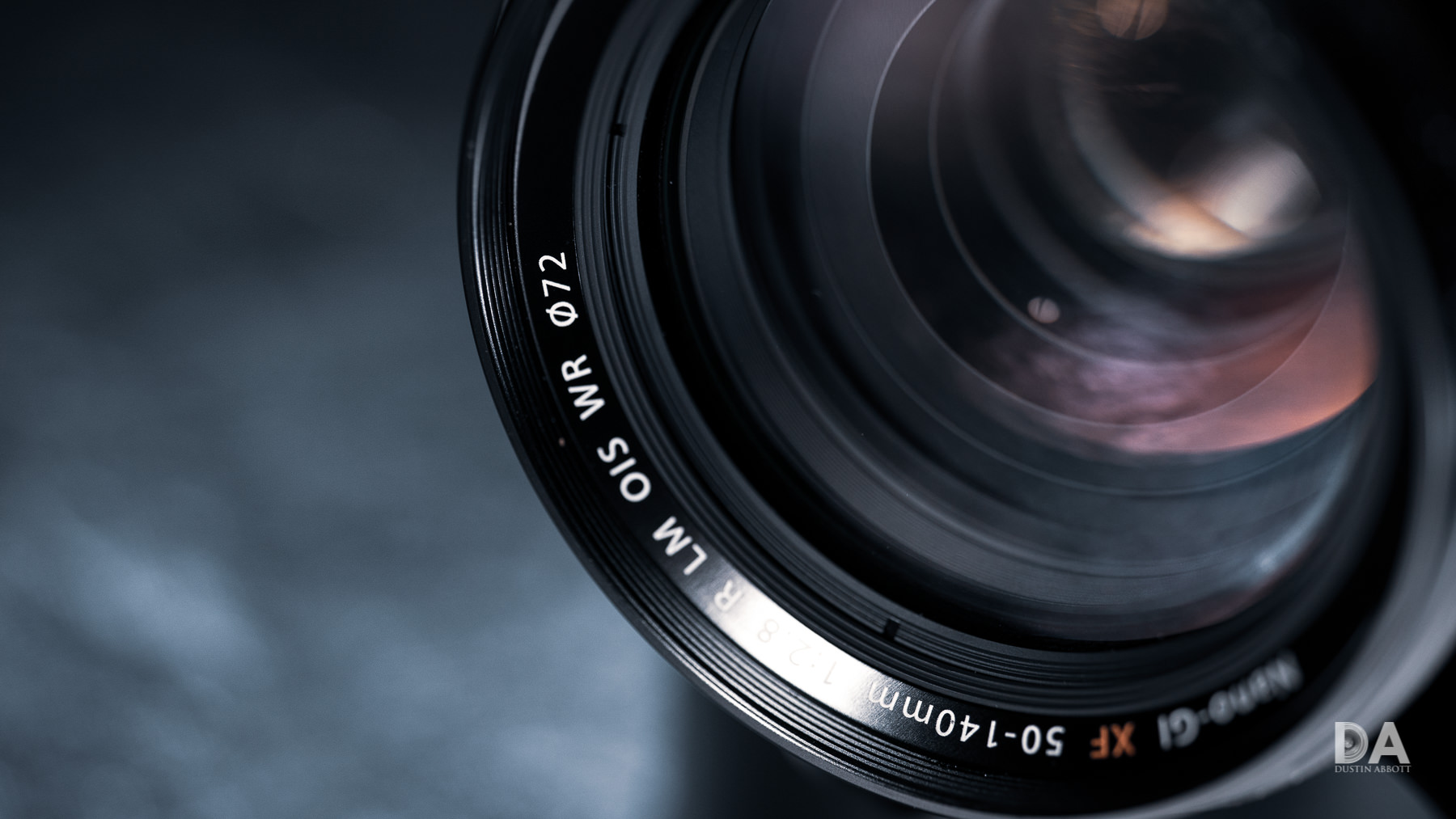

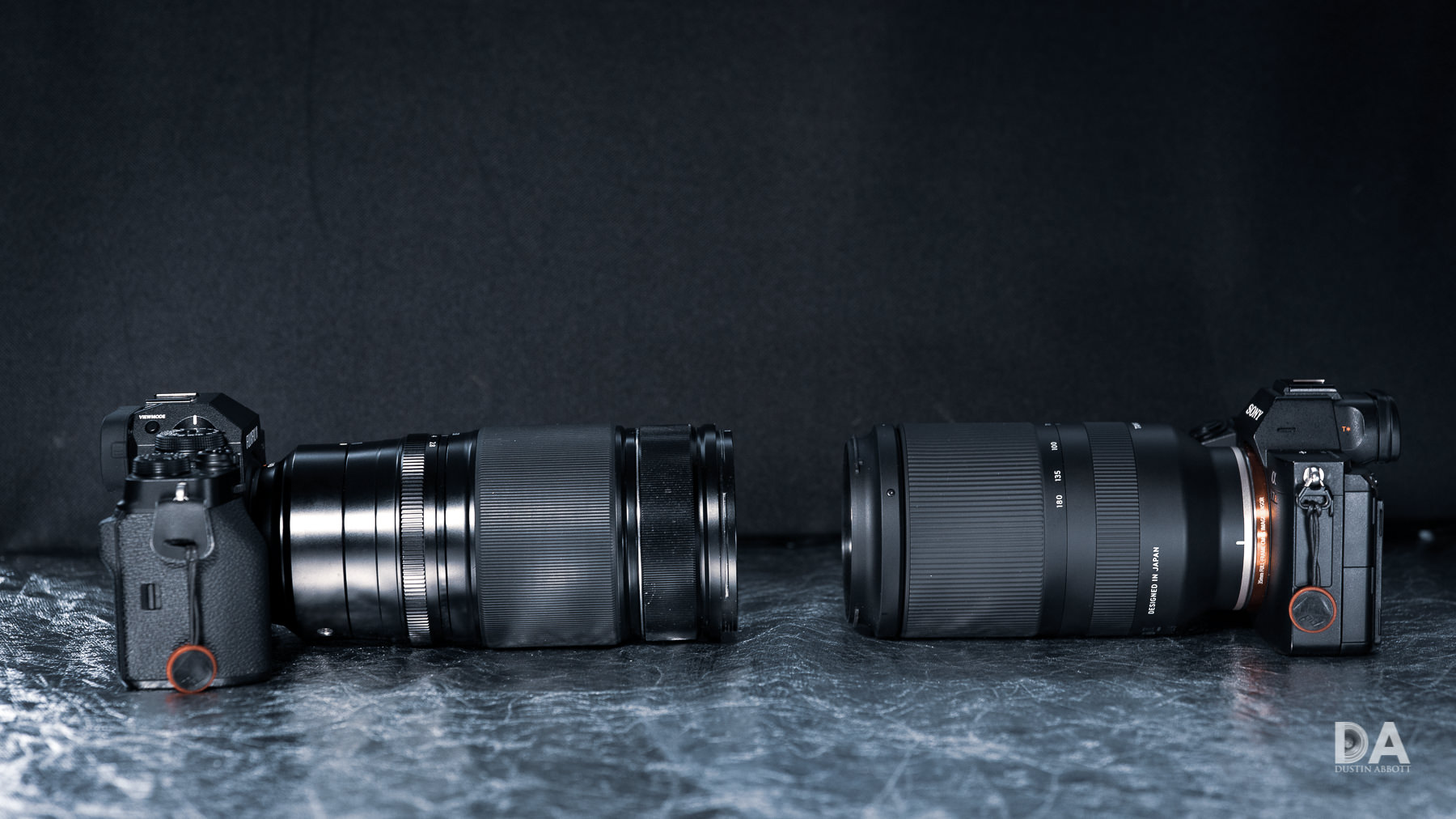
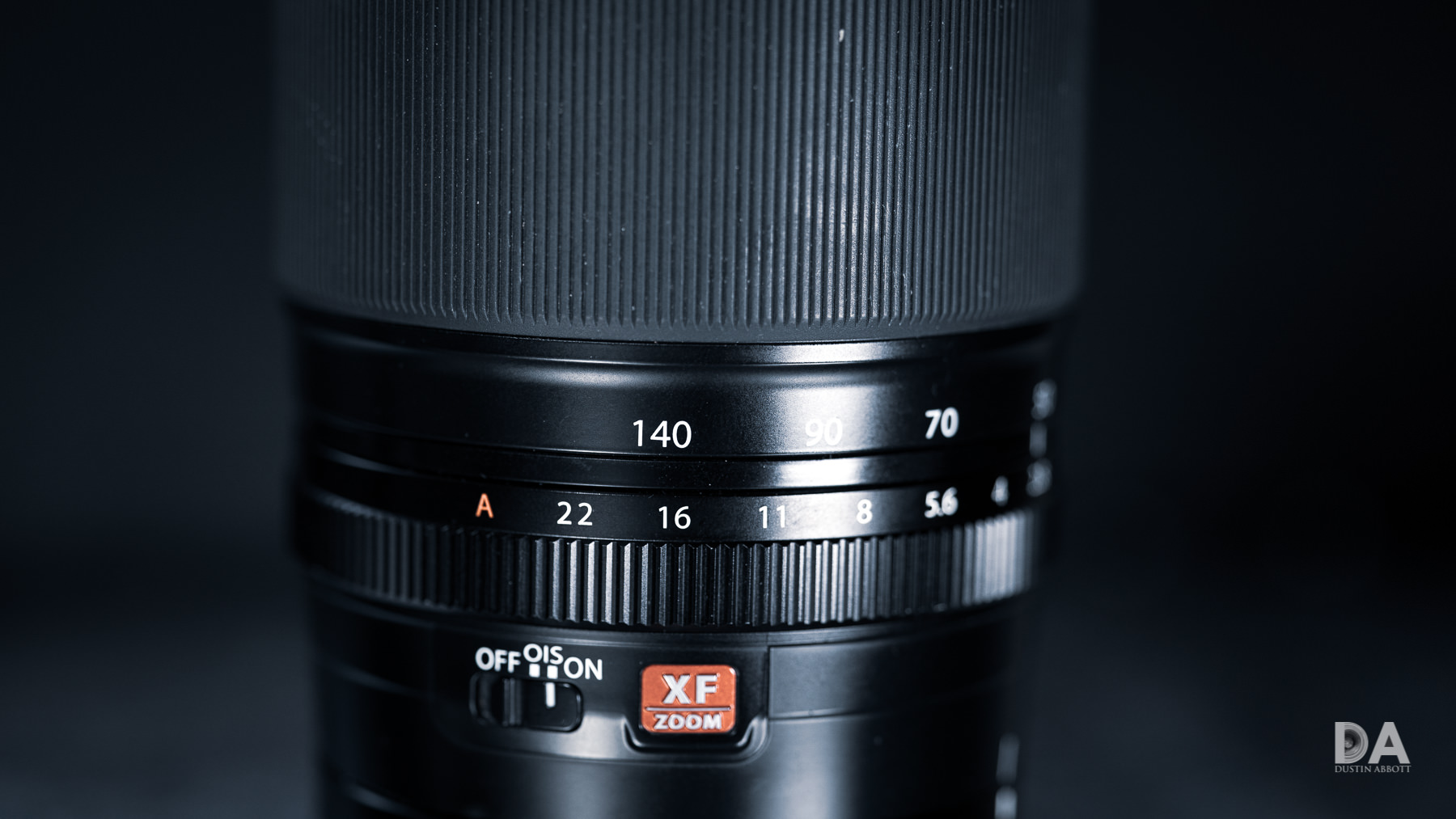
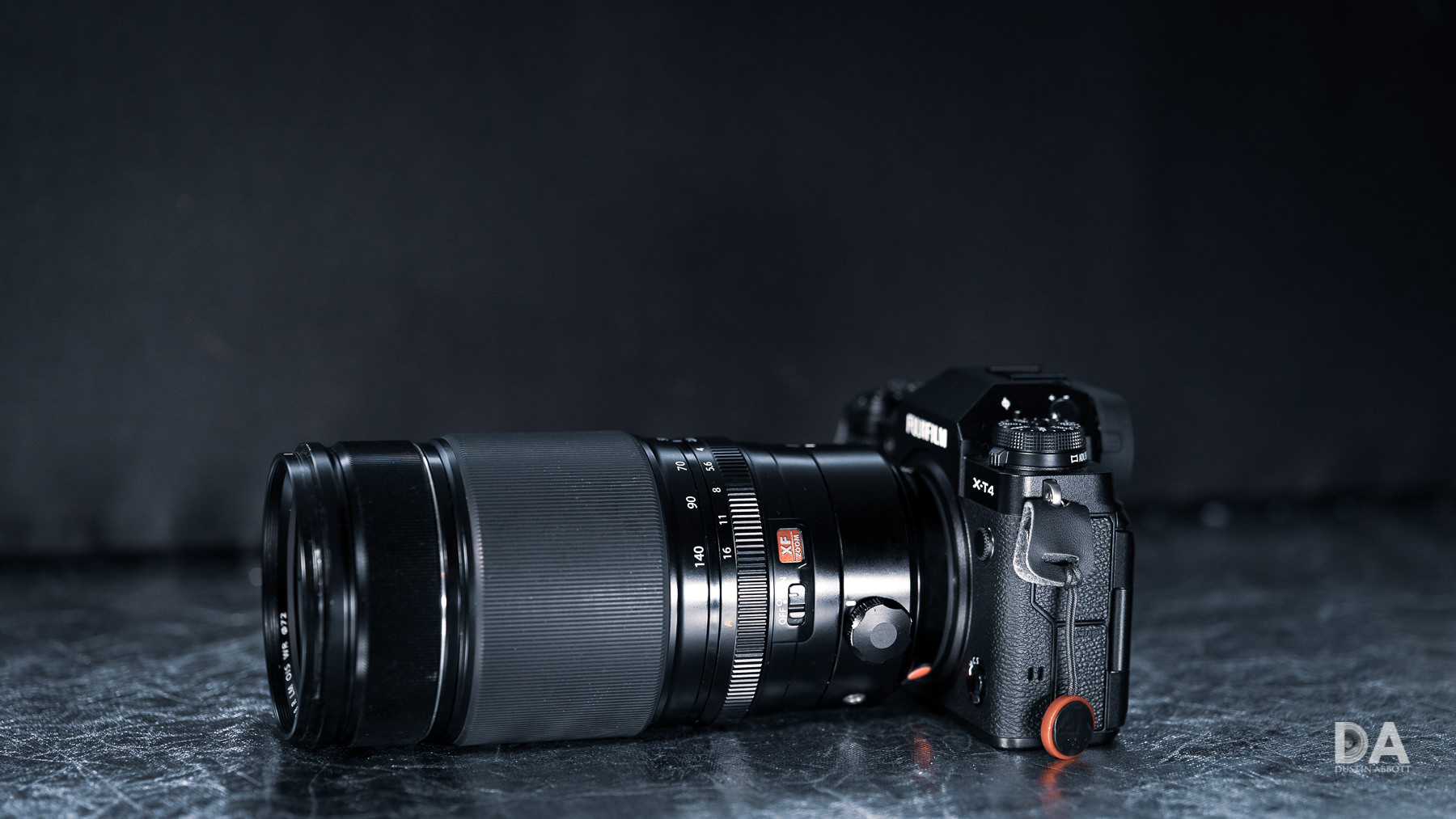

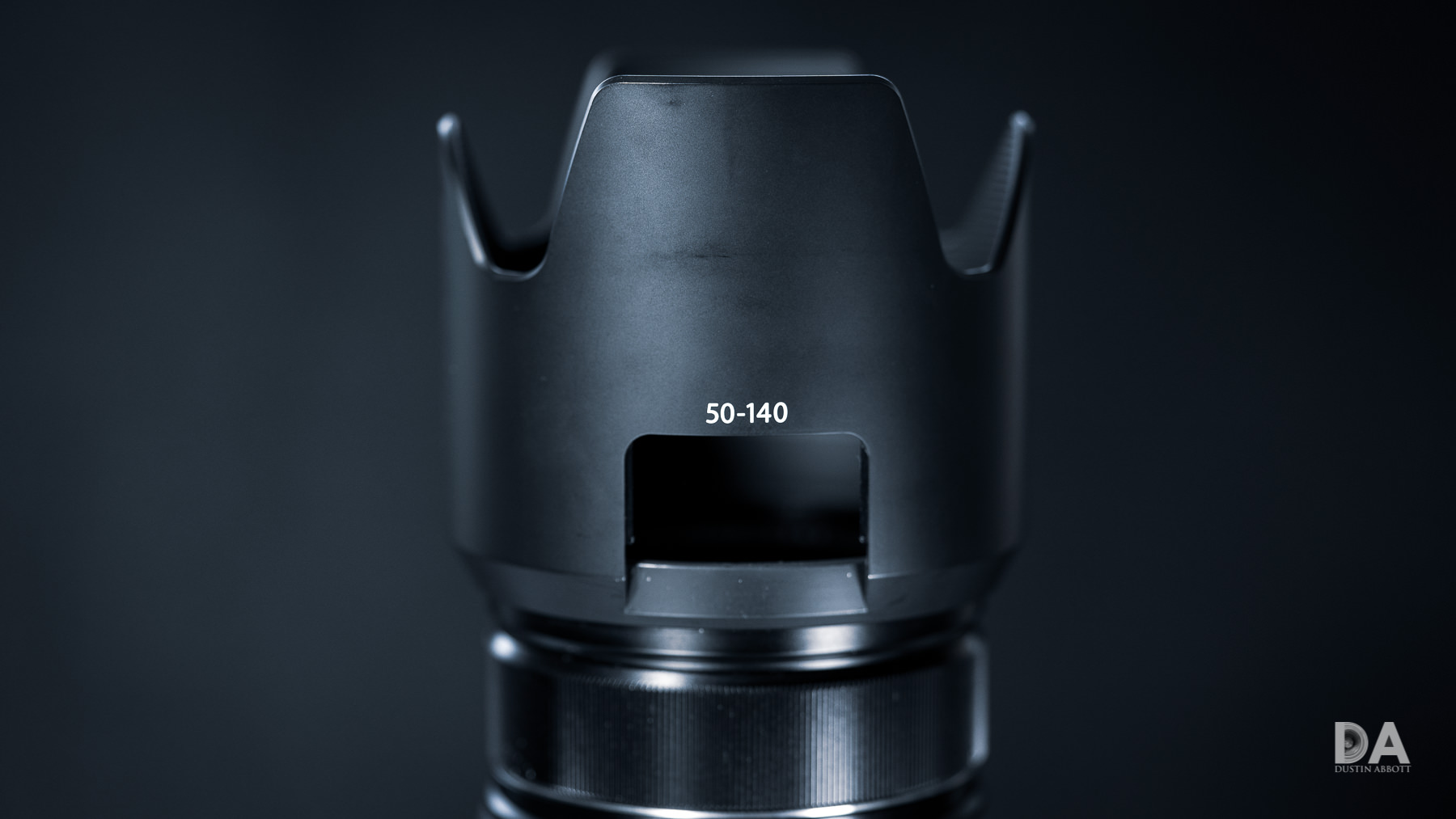
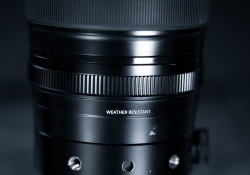

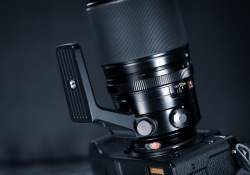



















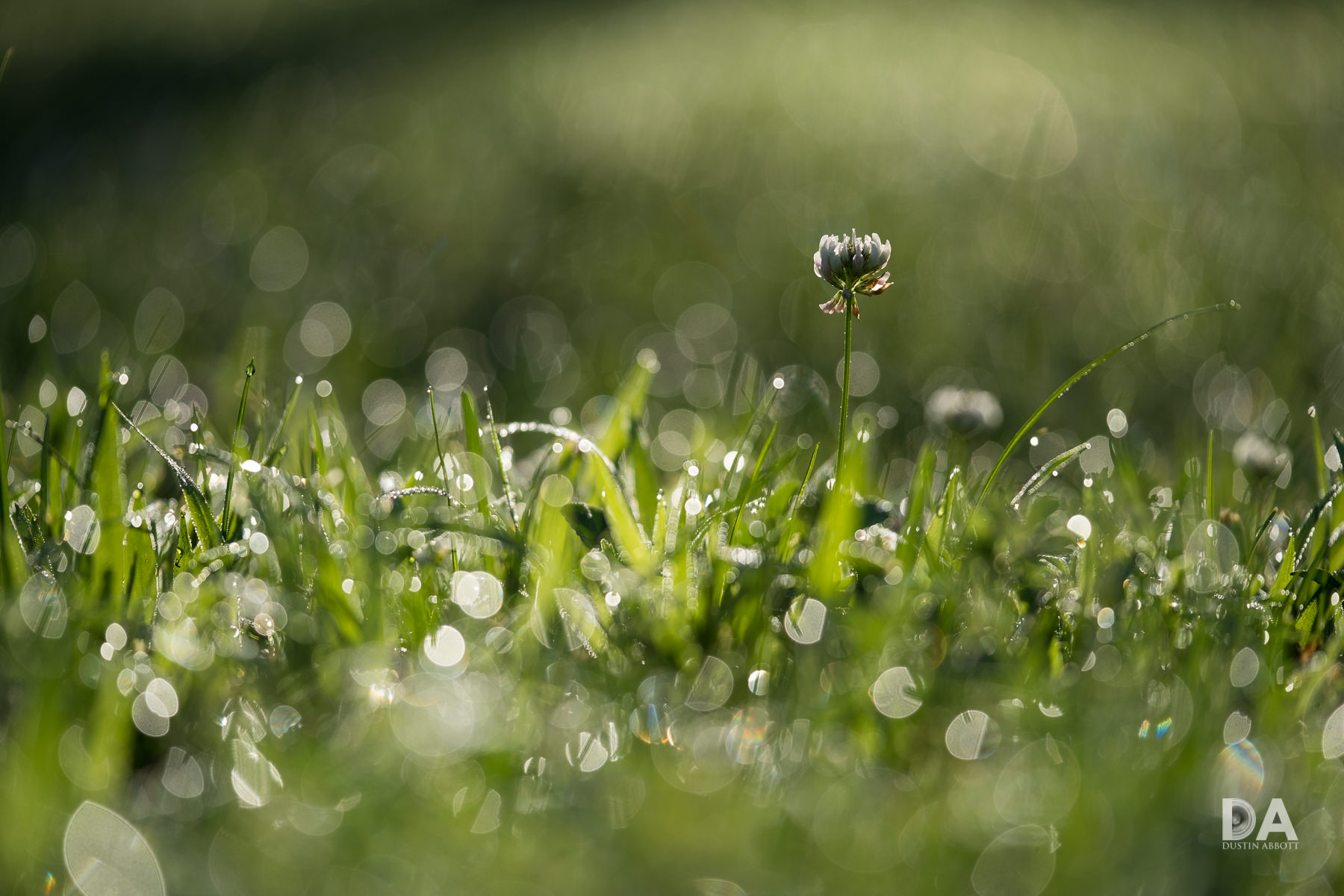





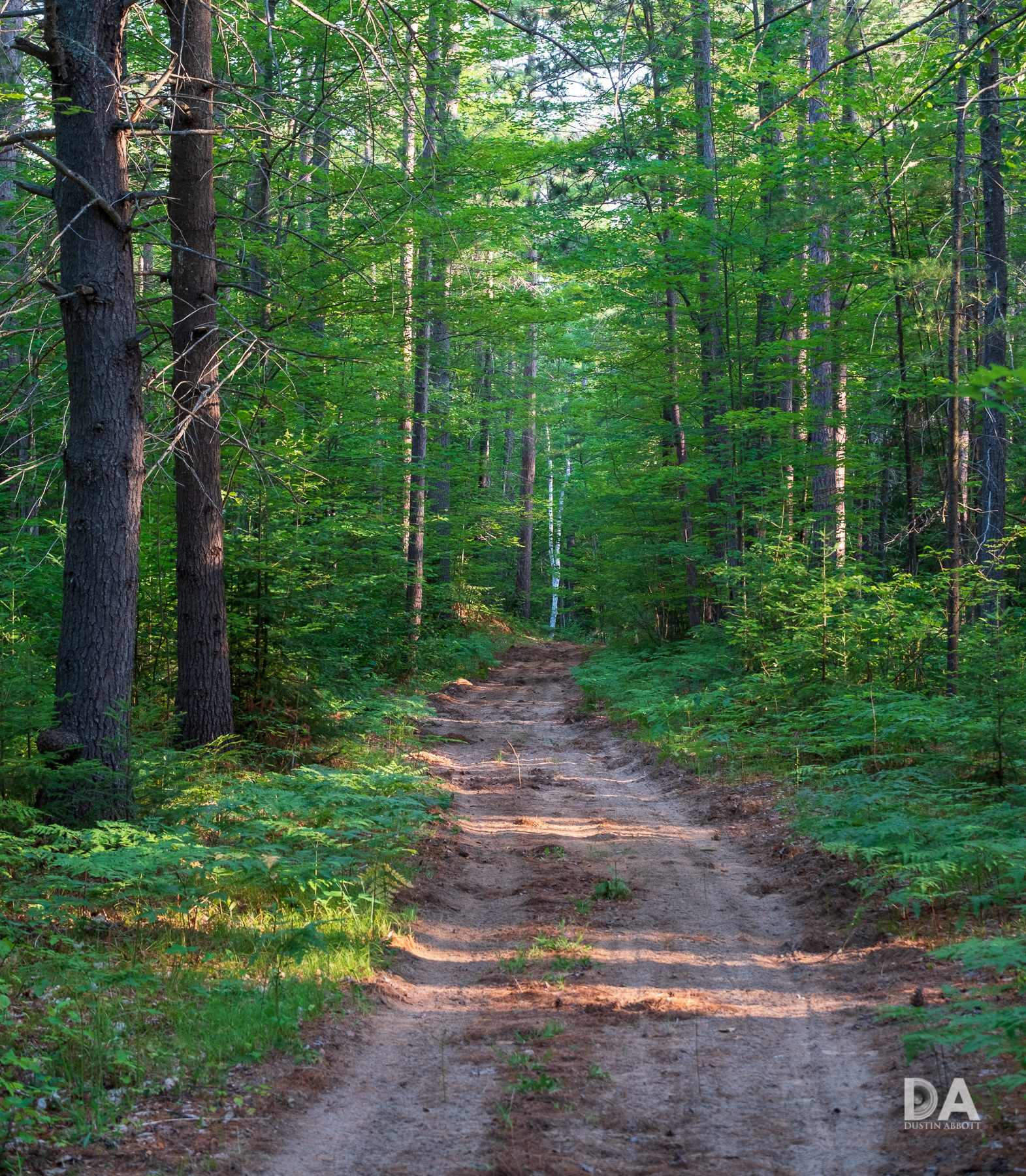

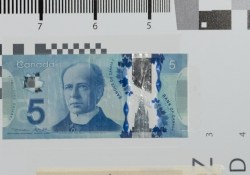

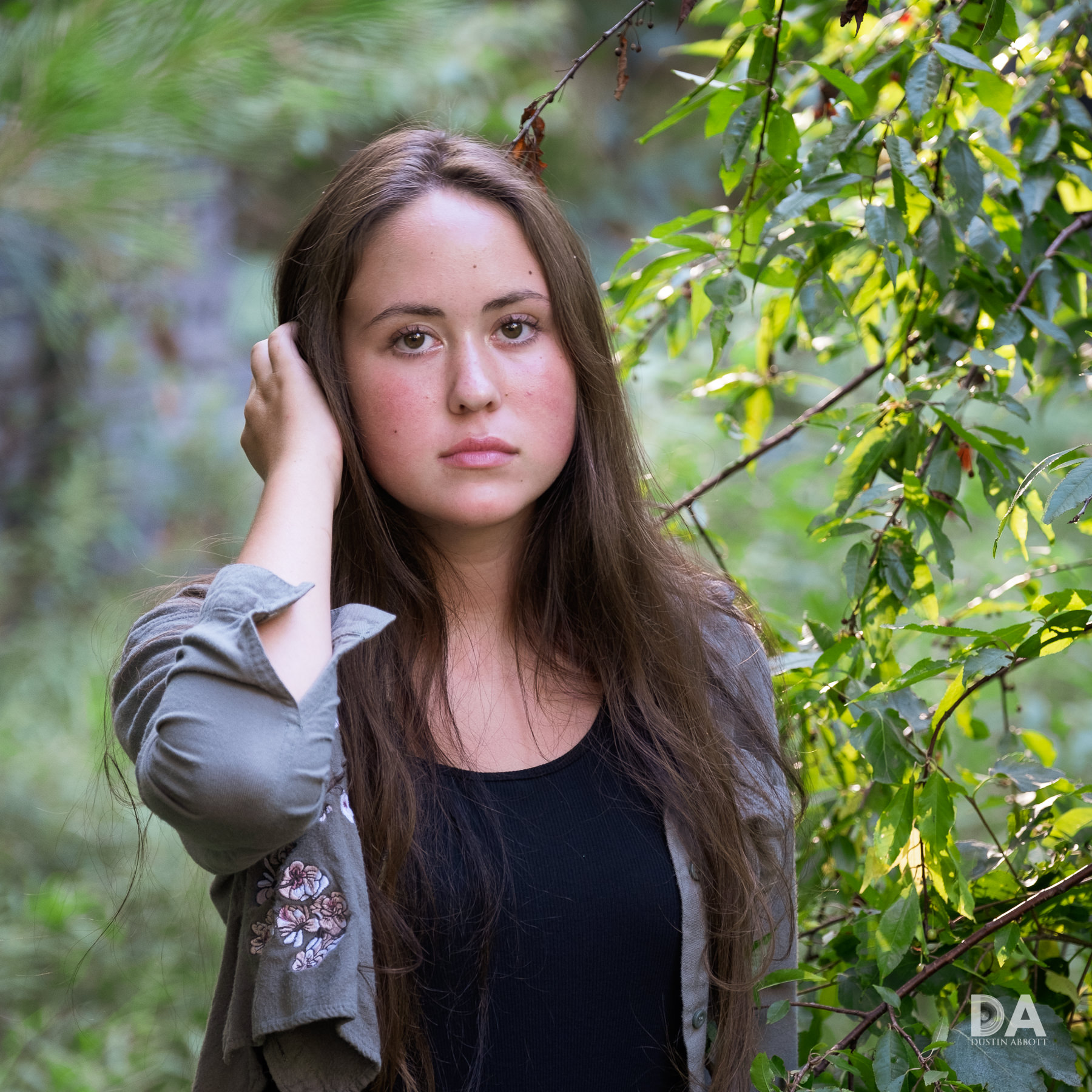
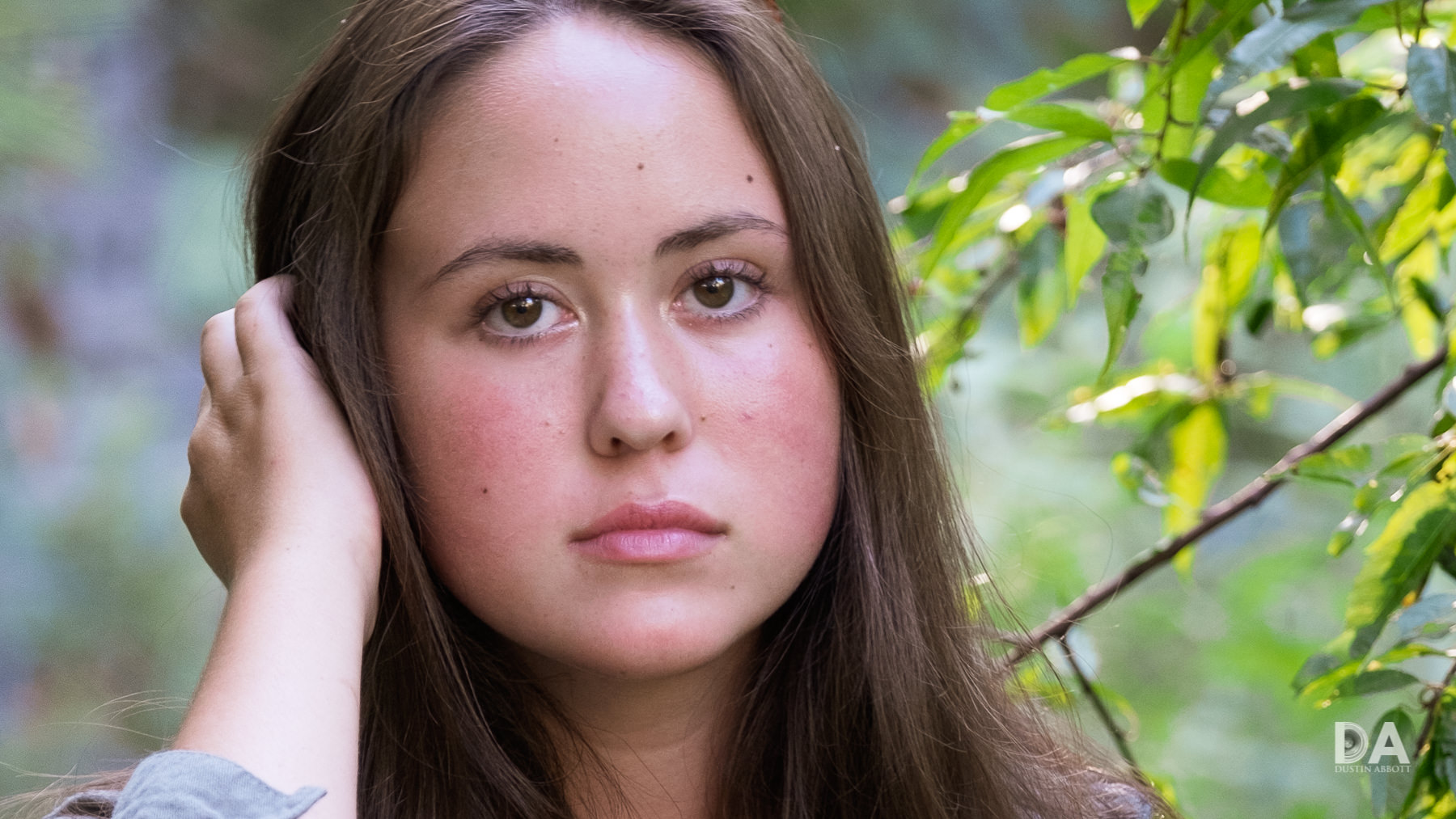

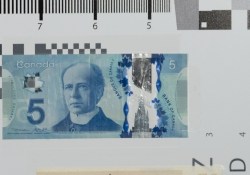

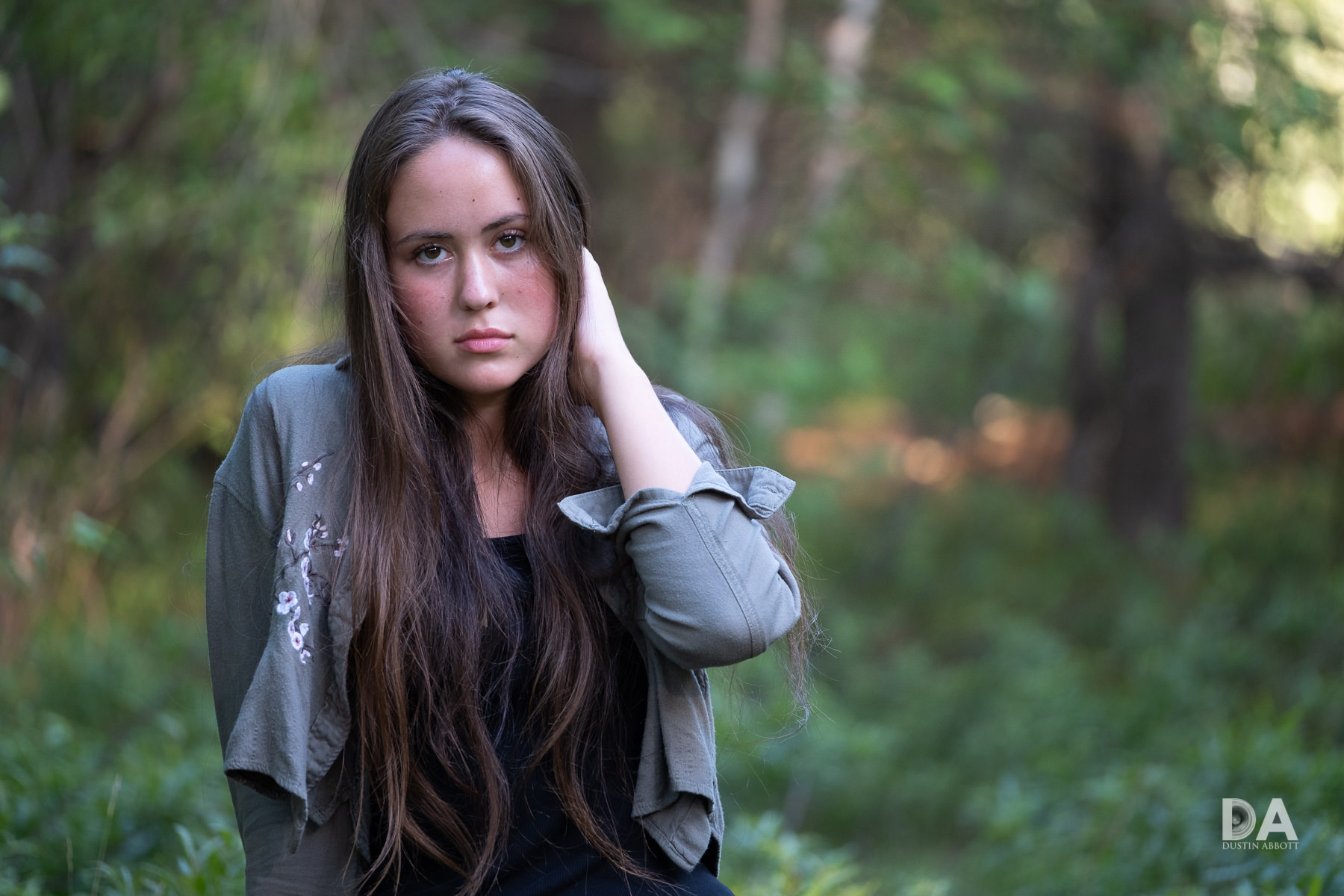
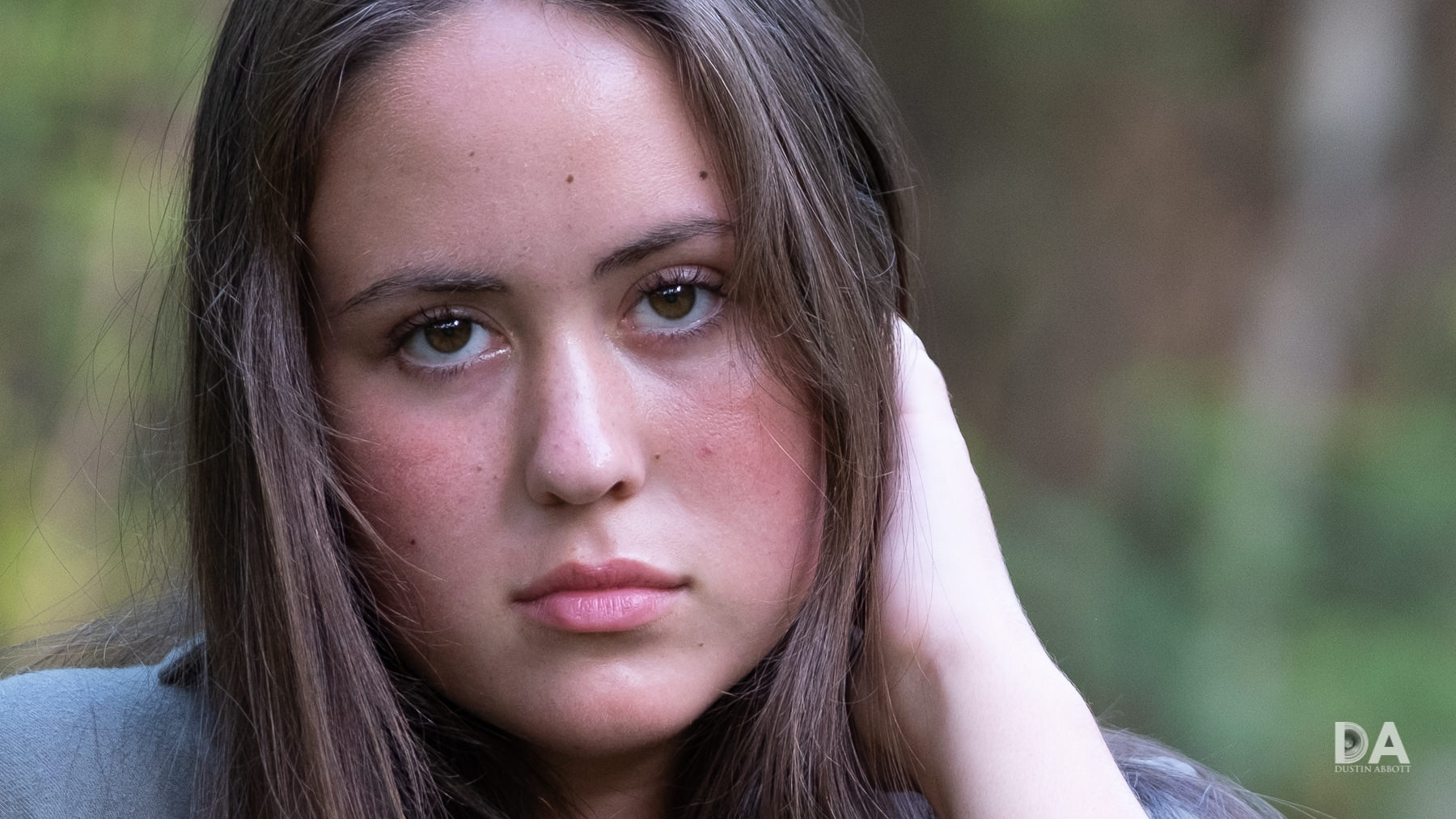
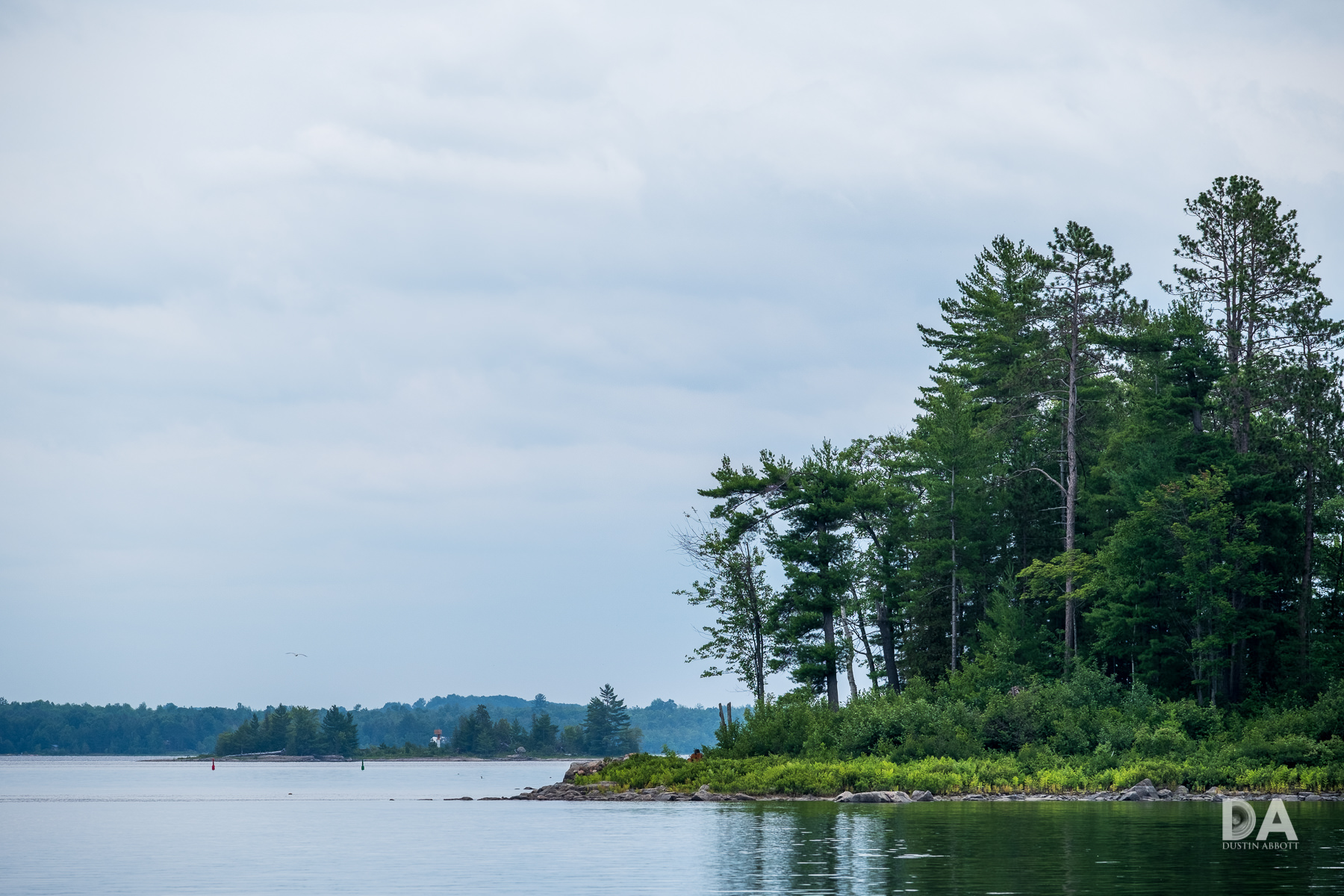
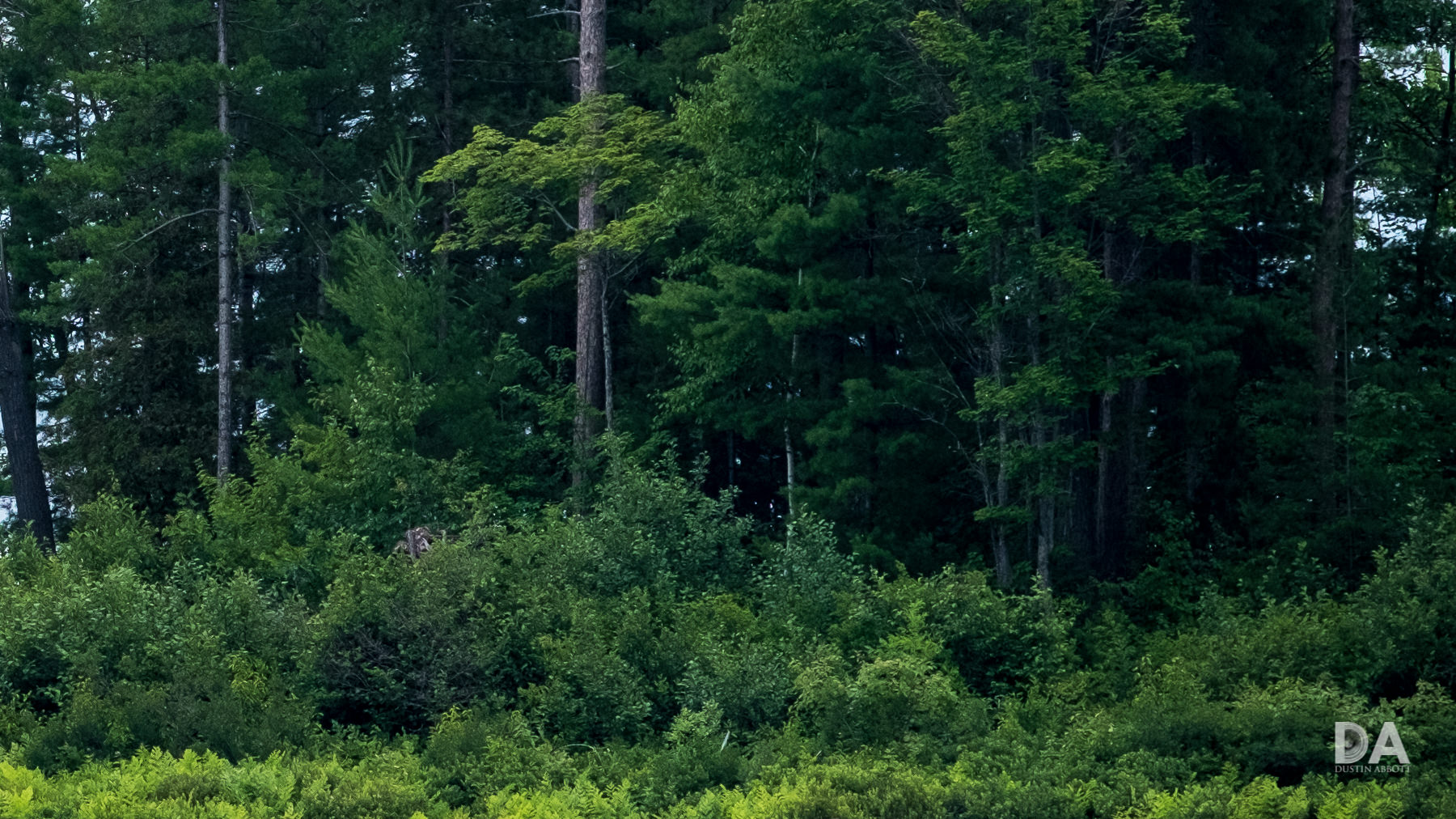








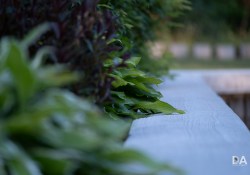







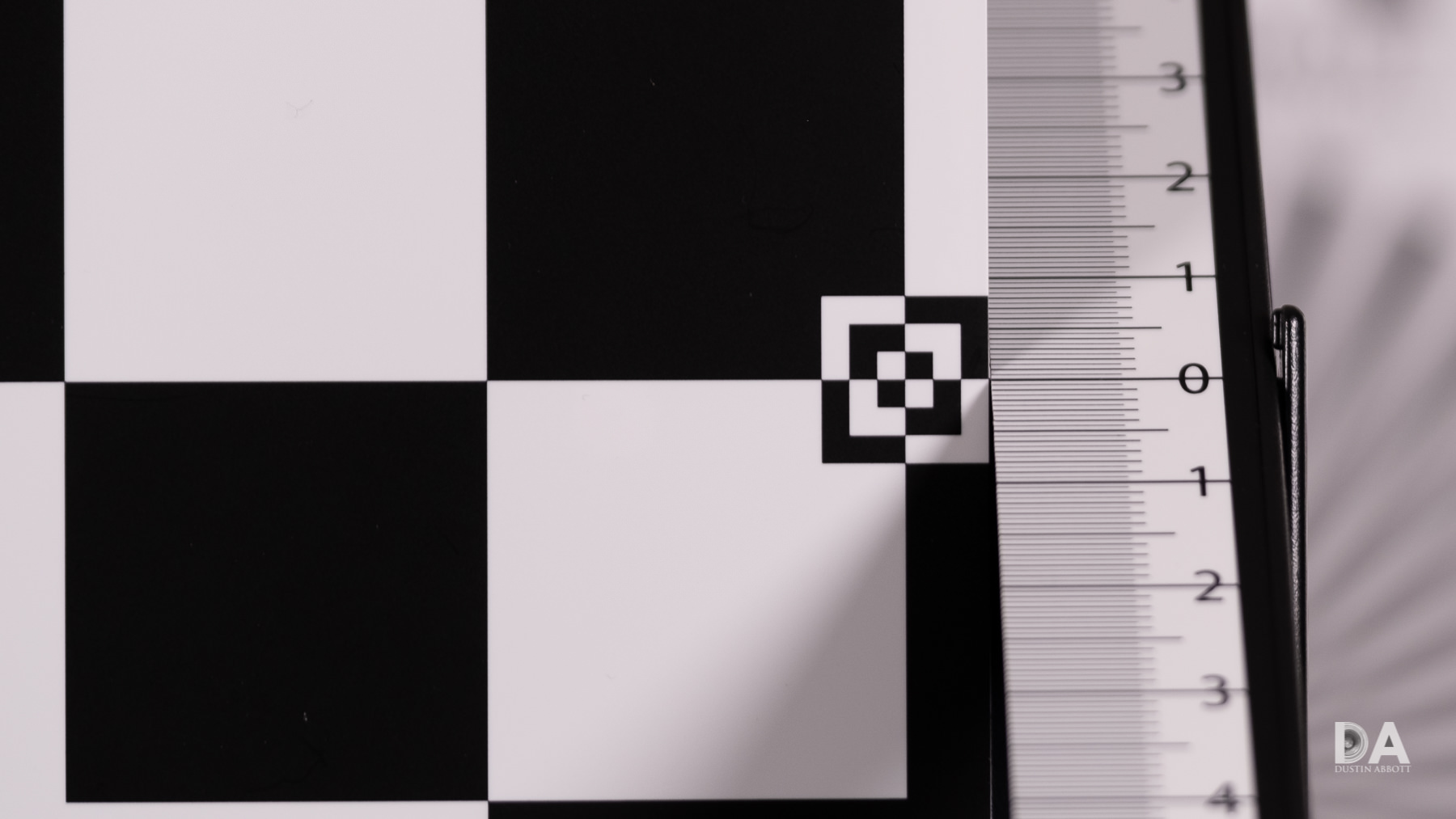


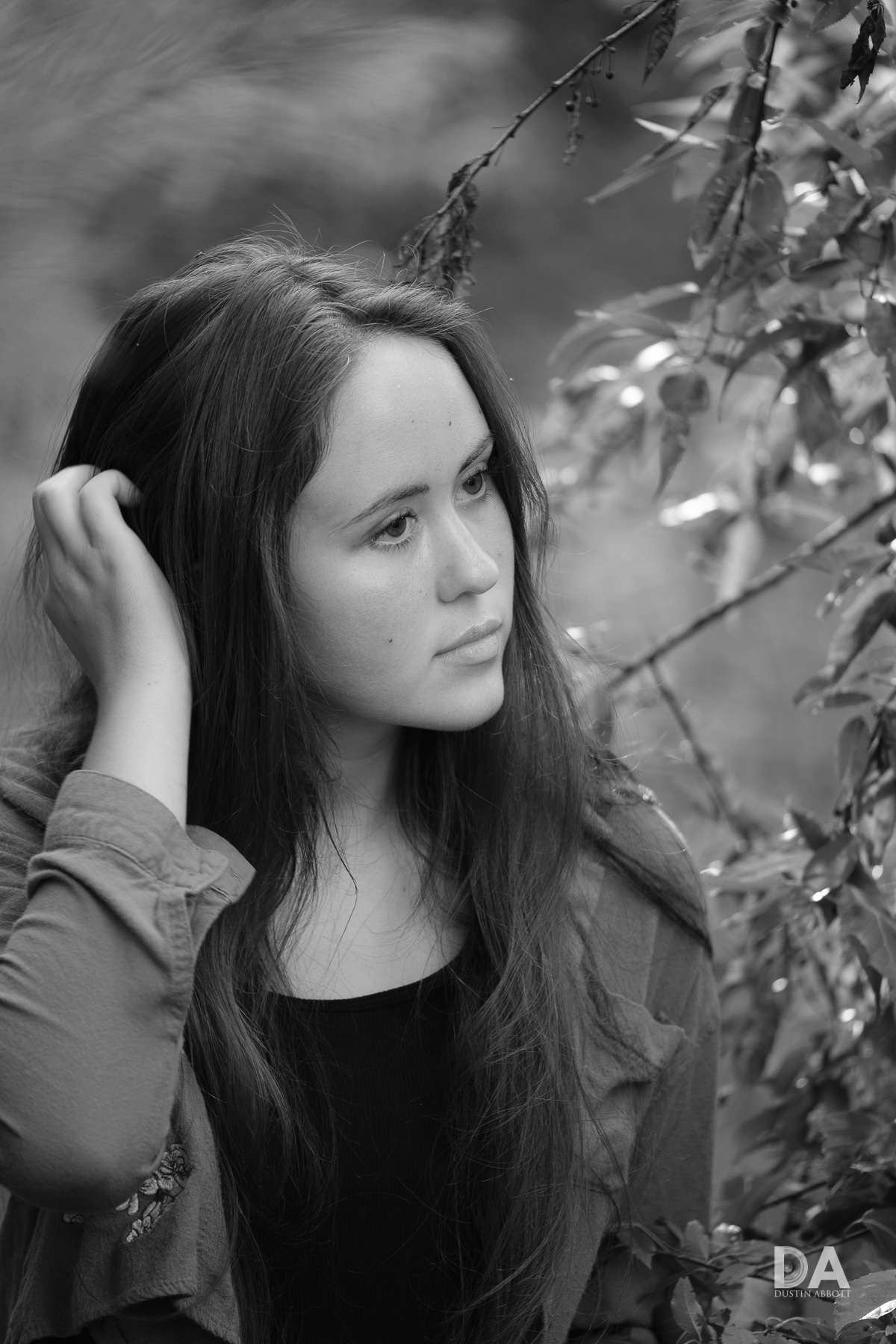



 Viltrox Pro AF 85mm F1.4 FE Gallery
Viltrox Pro AF 85mm F1.4 FE Gallery  Viltrox AF 85mm F1.4 PRO FE Review
Viltrox AF 85mm F1.4 PRO FE Review  Yongnuo YN 35mm F1.8 ART Gallery
Yongnuo YN 35mm F1.8 ART Gallery  Yongnuo YN 35mm F1.8 DA ART Review
Yongnuo YN 35mm F1.8 DA ART Review 


